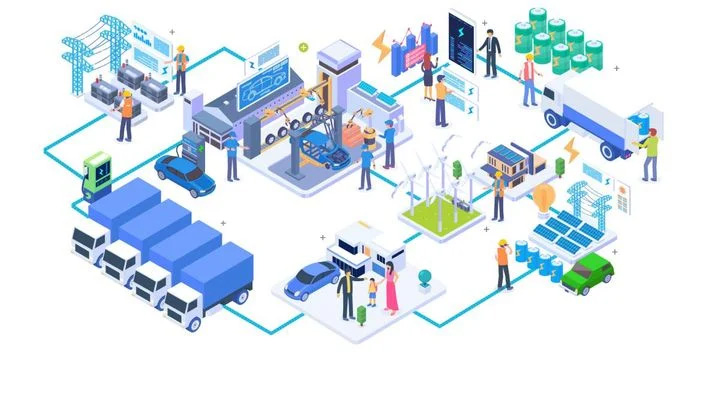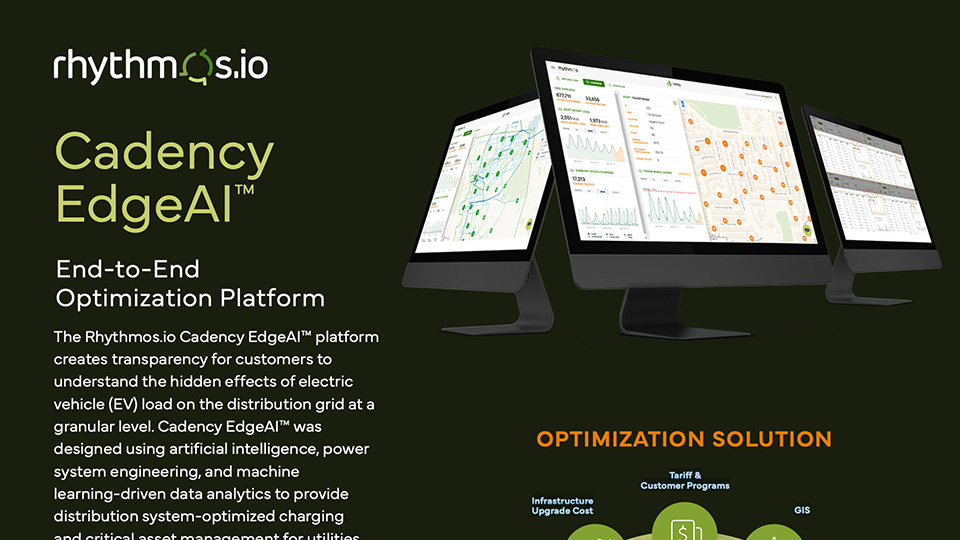Our Mission
Move with Electricity

We are continually looking for new ways to drive intelligent energy delivery and use for a world that moves on electricity.
Vehicle electrification and renewable energy have the potential to radically decarbonize the world. But, as the transition to electric vehicles (EVs) gains momentum, the electricity infrastructure will need to adapt. The new energy economy will ideally be characterized by flexible, open, and distributed clean energy sources accessed through intelligent and consumer-friendly systems. The question is, can the existing grid infrastructure and utility network accommodate this shift? Every single utility in the United States will be impacted by this transition without regard to how large or small the region is — mountainous, flat, coastal, or inland.
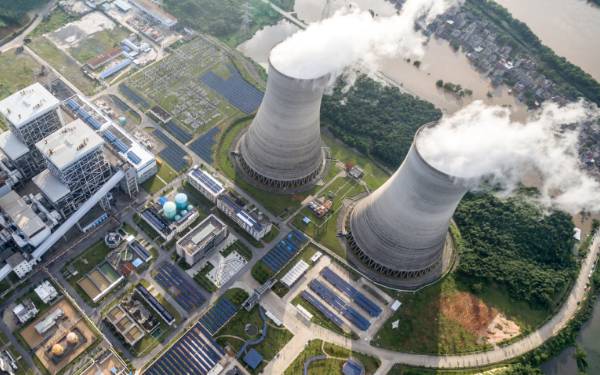
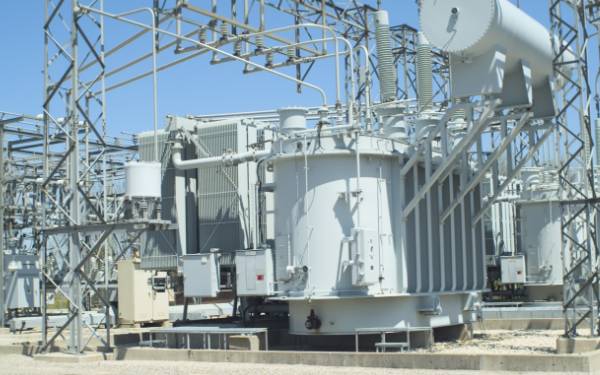
To meet the projected electricity demands for charging EVs, US generation capacity will need to double by 2050.
Today’s electric grid is complex, at times unpredictable, and desperately underfunded. In many ways, it’s an infrastructure past its expected life. Beyond the hefty price tag associated with the necessary grid modernization, regulatory and supply chain hurdles will also slow development. Since new generation will need to come from low-carbon, renewable resources, it isn’t just a matter of adding more generation when you need more power. It will require creating flexibility by enabling EVs to deliver demand-side response (DSR) by considering EVs as a flexible load to coincide with renewable energy generation/off-peak time and by enabling EVs to respond to dynamic pricing signals. And that will mean creating additional transparency across the electric grid with intelligent energy management capabilities.
A Holistic Approach Can Pay Dividends
The concept of “orchestration”— of connecting and coordinating multiple systems on the grid through a central solution — has been well understood in the industry for over a decade. These technologies include distributed energy resources (DERs), DER management systems (DERMS), and advanced distribution management systems (ADMS). They give the utility more control at the grid edge, but they are typically limited in their reach and coordination of both front-of-the-meter (FTM) and behind-the-meter (BTM) assets simultaneously. Furthermore, the time, resources, and cost to implement these systems are significant.
Utility networks have evolved over time with new layers added on top of or alongside old, increasing integration challenges. A typical DERMS implementation can run to tens of millions of dollars (depending on functionality and breadth) and take two-to-five years to deploy fully. This can limit traditional implementations to only the largest investor and municipally- owned utilities.
At Rhythmos.io, we believe the answer lies in broader, more holistic orchestration of grid systems and services — specifically, in a cloud-based (private or public) platform that acts as a system-of-systems, extending beyond the substation to intelligently and simultaneously coordinate systems, devices, and stakeholders across generation, transmission, distribution, markets, and the grid edge (in front of and behind the meter.)
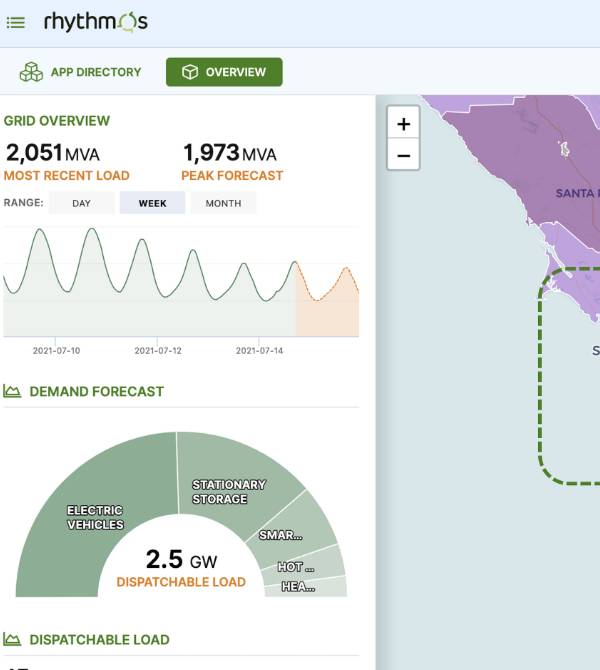
To succeed, this platform needs five essential characteristics:
- Identifies assets on the network, with a high-fidelity view into what’s happening at the grid edge, including holistic transparency into all electric vehicles in a utility service territory and all grid network and customer assets that they impact.
- Characterizes network asset loads and customer charging characteristics as part of the entire network topology, including the vehicles, drivers, site, and business.
- Contextualizes the customer’s operating requirements and constraints, removing concerns about demand charge impact or unexpected grid interconnect charges.
- Supports decision-making using holistic predictive algorithms while extending the functionality of any existing built environment (including charge management systems, advanced metering infrastructure (AMI), supervisory control and data acquisition (SCADA) systems, DERMS, and graphical information systems (GIS).
- Engages with and delivers information tailored to individual users across the utility and fleet ecosystem (whether that’s distribution operations, distribution planning, customer programs, energy traders, rate and tariff analysts, fleet managers, operators, or planners.)
Building on these principles, we designed a modern analytics platform from the ground up as a simple, intuitive, and user-enabling platform that addresses the needs of fleet managers, operators, and planners alongside its utility partners. At the same time, the platform provides scalable, modular functionality—meaning it offers a comprehensive, integrated, and transparent network solution that can grow with a utility or fleet, adding functionality when the need arises, without a wholesale replacement or additional point solution. This modularity lets us meet the customer where they are. For example, utilities that might just need help today with transformer loading could add geographic information systems (GIS) cleanup, EV detection and forecasting, EV planning scenarios, EV optimization, and full DER integration in the future.
Our platform brings predictability, flexibility, and smart energy management to the grid, enabling faster, more reliable and more cost-efficient EV adoption for fleets and utilities. It does this in the following ways:
- Creates transparency in near real time, for both utilities and their EV customers.
- Is simple, integrating with and extending the value of existing systems and providing an easy-to-use interface.
- Can be implemented quickly—in months instead of years.
- Is significantly less expensive than a typical ADMS/DERMS deployment.
- Serves multiple stakeholders across the utility, DER, and fleet ecosystems.
This end-to-end approach offers a new and better way to address the massive and potentially costly grid modernization problem, helping facilitate a rapid and cost-efficient transition from fossil fuels to clean, renewable energy and decarbonized transportation.
Join the team
Rhythmos.io is continually looking for new ways to drive intelligent energy delivery and use for a world that moves on electricity.

Capitalize on our experience
Access the latest news, thought leadership, and resources from our team.

